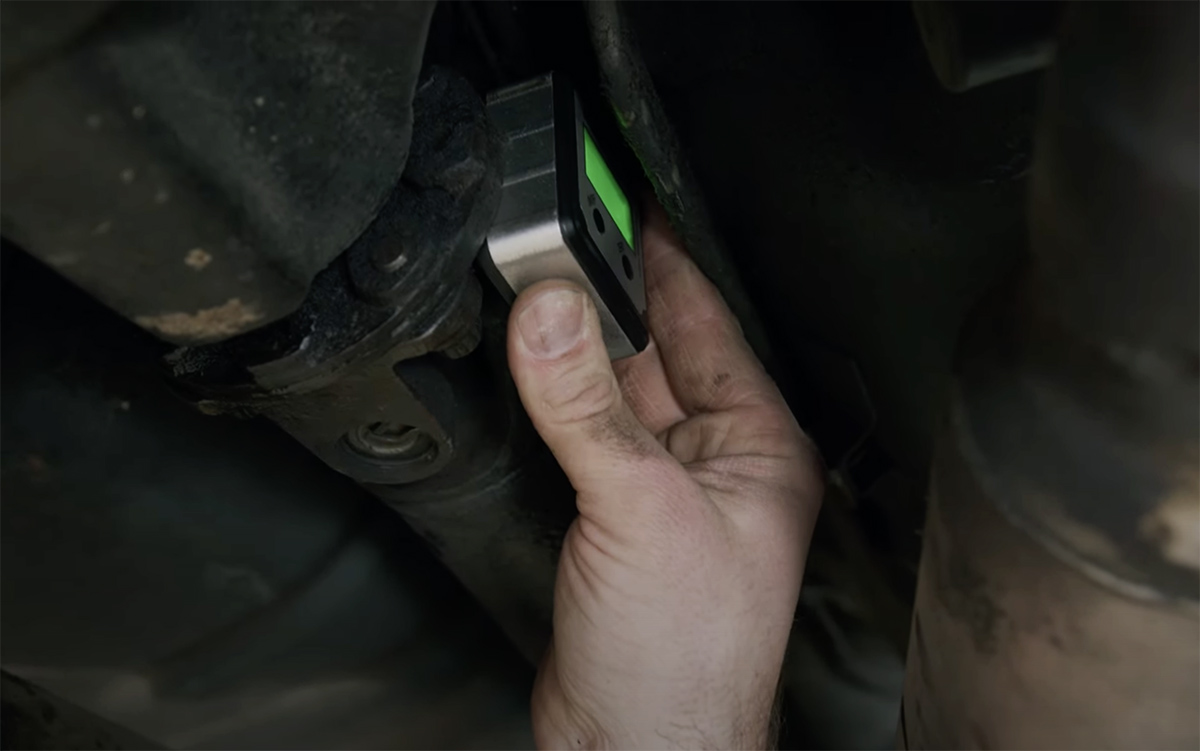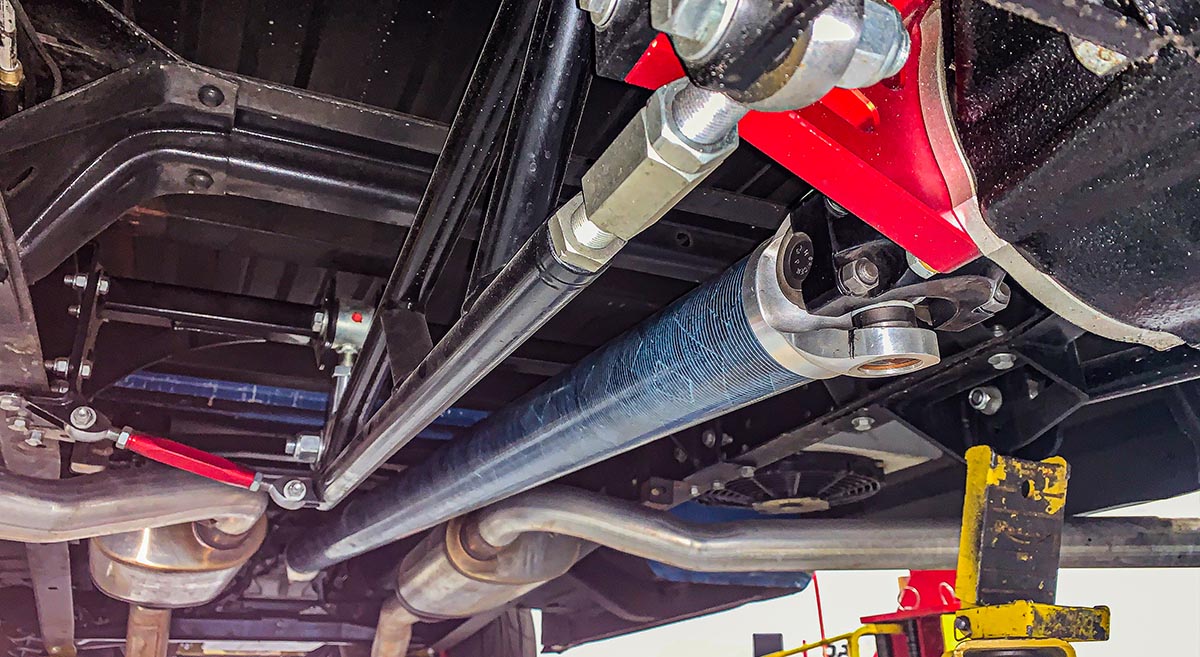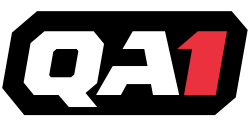Mastering Driveline Angles For Optimal Performance
Driveline angle might be one of those things you hear about, but don't fully understand or think about. Trust us, you're not alone.
Ultimately, everything from the slope of your engine and transmission to your pinion angle —and intended use of your vehicle — play a role in proper driveline alignment. Check out our guide to better understand key terms, measurements, and even how driveline angles can impact performance in drag racing!
OPERATING ANGLE
This is the difference in angle between one shaft and the next. For example, the output shaft to the driveshaft, or the driveshaft to the pinion shaft. Most driveline companies recommend operating angles of 3° or less for maximum u-joint life. There should be a minimum of ½° to allow the needles to rotate. The higher the operating angle, the more likely your vehicle will develop a vibration at high driveshaft speeds. The lower the angle, the lower the chance of vibration at high driveshaft speeds.
SLOPE
This is the direction of the shaft (output shaft, driveshaft, pinion shaft) when traveling from the transmission towards the differential. Positive slope (up) would angle upwards from the transmission side to the differential side. Negative slope (down) would angle downwards from the transmission side to the differential side. Positive and negative slopes are the same in driveline as lines on a graph when viewed from the driver’s side of the vehicle.
MEASURING DRIVELINE ANGLES
Using an angle finder that can read within 0.25°, start with the output shaft of the transmission. If the vehicle has the driveshaft installed, rotate the slip yoke so one of the u-joint caps is pointing straight down. Measure the angle of the on the u-joint “ear” where it is machined flat. Take note of the slope and write this down as your first measurement.
Move onto the driveshaft and measure the same way, also taking note of the slope direction. Write this down as your second measurement.
Finally, measure the flat on the rear pinion yoke. Make sure to look at the slope of the driveshaft itself, rather than the direction the output shaft or pinion shaft is “pointing.” The slope is what is important. A transmission output shaft pointing down will have a negative slope, but a pinion shaft pointing down will have a positive slope.
A two-piece driveshaft (three joint) will be the same process, but will just have one more piece to measure. The goal here is to make sure that all three u-joints have an operating angle of 3° or less.


CALCULATING U-JOINT OPERATING ANGLE
View the vehicle from from the driver's side (left side). If the slopes are the in the same direction from one member to the next (example: both negative or both positive), simply subtract the smaller value from the bigger value. For example, if the transmission output shaft measures 4° down (negative), and the driveshaft measures 2° down (negative), the calculation would be 4°-2°=2°. If the slopes are opposite (one positive and one negative), add them together.
For example:
If the driveshaft measures 2° down (negative), and the pinion shaft measures 2° up (positive), the calculation would be 2°+2°=4°. Another way to look at it is if the slope is negative, the angle will be negative (example: -3°). If the slope is positive, the angle will be positive (example: +2°). The difference between -3° and +2° is 5°.
Similarly, if the slopes are in the same direction (example: +3°, and +2°), then the difference between +3° and +2° is 1°.
OUTPUT SHAFT AND PINION ANGLES
One-Piece Driveshaft
The slope of the transmission output shaft and pinion shaft should be in the same direction. They should also be within ½° of each other to avoid driveline vibration.
Two-Piece Driveshaft
The operating angle of the u-joint between the transmission and the fixed driveshaft should be between ½° and 1-1/2°. The pinion shaft will then need to match the angle of the fixed shaft.
PINION ANGLE CHANGE
The pinion angle will change as the suspension cycles, and as the drivetrain is under power. The most extreme example of this is with leaf-spring vehicles. As power is applied, the rear axle will try to rotate backwards, causing the front of the spring “wrap up.” This raises the pinion. Traction devices like “slapper bars” or “Cal-Tracs” work to minimize spring wrap. But the pinion angle will still change angle as the suspension cycles up or down. The more powerful the vehicle, the more dramatic the pinion rise can be.
4-link vehicles also experience pinion angle change as the suspension cycles, but they will not have the same “wrap up” effect as leaf spring vehicles. Because 4-link suspensions do a better job of controlling axle movement under heavy acceleration, the pinion angle change will typically be much less than with vehicles with leaf springs.
DRAG RACING
Many drag racers adjust their pinion angle to optimize operating angles for maximum power delivery when the car is under power. The less operating angle in the u-joint, the more power will make it to the rear tires. By compensating for pinion rise in their static pinion angle, racers can minimize pinion angle during hard acceleration. Ladder-Bar and 4-link style suspensions offer a lot more control of the axle, and therefore the pinion. But drag racers will still set up the pinion angle to compensate for the rise. According to Pro Stock chassis builder, Jerry Bickel, ladderbars require ½° of pinion angle. A 4 link requires 1-2½°. Vehicles with leaf springs can require 6-7°.
Understanding driveline angles might seem complex, but with the right knowledge and measurements, you can optimize your vehicle's performance and prevent vibrations. Whether you're a daily driver or a weekend racer, this guide empowers you to confidently tackle driveline maintenance and modifications. Remember, proper alignment goes a long way!

